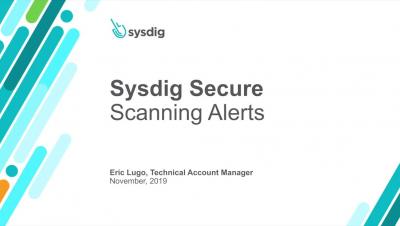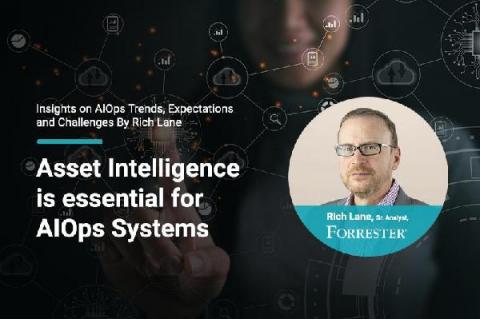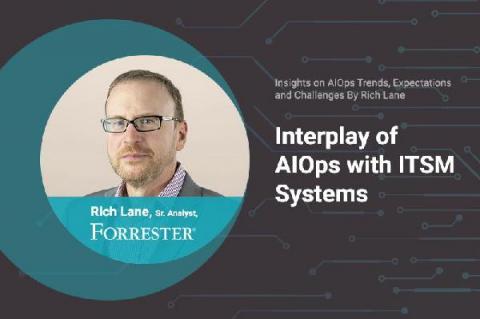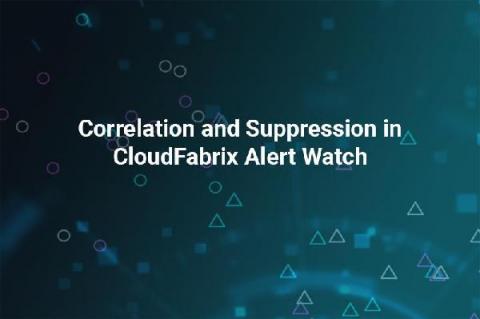Security | Threat Detection | Cyberattacks | DevSecOps | Compliance
Alerting
Importance of Dependency Mapping & Asset Intelligence
Enterprise applications typically sprawl and develop inter-dependencies producing complicated solutions. Ultimately the complexity makes change management complex, error prone, difficult to troubleshoot during service issues and ultimately start impacting the business in multiple ways. To provide the right context when taking up transformation initiatives or addressing service issues one should be equipped with dependency and impact insights. In this video, Rich Lane, a Sr.
Biggest Challenges in Enterprise IT: Data Quality Gap & Data Dispersion
Enterprise data comprising business, operations and assets information, resides in different forms and in different places. While the data is distributed they carry important relationship insights which when leveraged can accelerate and improve decision making to drive the outcomes. This is one of the key challenges that analytics solutions, like AIOps, need to address.
Interplay of AIOps with ITSM Systems
ITSM systems and processes are similar to a front line defence system for Enterprises’ effort, in delivering superior customer satisfaction to its IT users. Enterprises are always looking for ways to resolve tickets as fast as possible and at an optimal cost. AIOps systems play a key role in automating data collection required for analysis , equipping support teams with insights to take immediate remediation action and eventually leading to automation of the complete process.
CloudFabrix Alert Watch - Correlation and Suppression
Modern hybrid-IT environments are monitored by numerous multi-vendor and multi-domain monitoring tools that generate humongous amounts of alerts and events, most of which are not readily actionable. The Industry term for this is “Alert Noise”. Noisy alerts increase the risk of real alerts going undetected causing service outages. These alerts also carry siloed information missing the application or service context.
The Importance of Alert Grouping
Alerts are one of the most important information sources when it comes to cyber security. They notify and inform your IT team about ongoing cyber threats, security events and any other incident that might threaten your organization. In this article, we will focus on alert grouping and why it is important for the security of your organization.
Is Your Security Dashboard Ready for the Cloud?
The ability to feed key security information onto a big screen dashboard opens up many new opportunities for managing the day-to-day security and maintenance workload as well as providing a useful method of highlighting new incidents faster than “just another email alert.”
Alert Fatigue Is a Big Cybersecurity Problem
Alarms and alerts surround us every day. From the moment our clocks wake us up in the morning, we rely on alarms for many things. But what happens when those alarms and alerts malfunction? What does it do to us and how does that affect our day to day life? Recall the Dallas Emergency Alert Malfunction. As it turns out, getting tired of these alarms can prove dangerous to cybersecurity.








